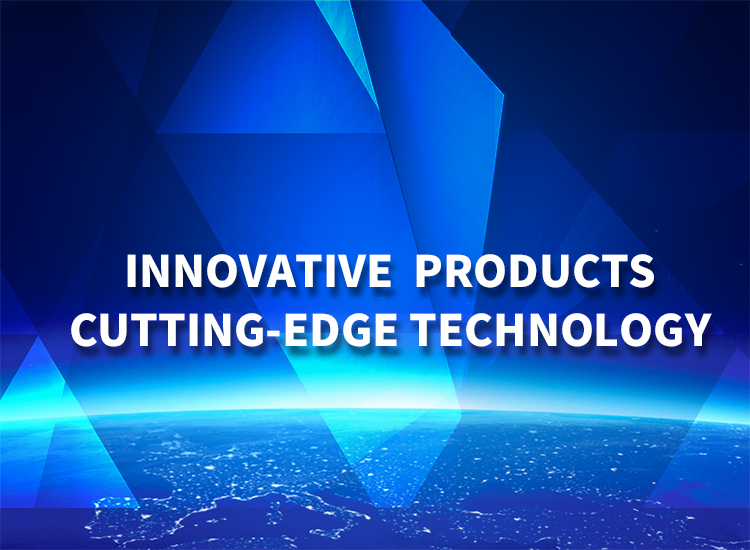欢迎您访问湖北联鸿能源科技有限公司网站,我司主营汽车蓄电池配件、工业蓄电池维护保养产品
全国咨询热线:0710-3313598


 Technology
Technology1. Pulse repair method: The high frequency positive and negative pulse generator is used to continuously generate high and low frequency frequency pulse on the battery. One can have the conditions for dissolving large lead sulfate, the other is the pulse disturbance, which destroys the conditions for the continued growth of large lead sulfate. This method overcomes the limitations of the previous repair technology and has the advantages of fast repair, about 8-12 hours, high repair efficiency and less power consumption. It will not cause the battery water loss, positive plate softening and change the original structure of the electrolyte and other advantages. The repair effect of the severely vulcanized lead-acid battery is 3~4 times that of the past, and the repair rate reaches more than 90%. The application of this technology reduces the number of scrapped batteries.
2. Strong current repair method: strong current repair method is to take the long lasting high voltage or large current when charging the battery repair method, more in the pulse repair method is not obvious when the effect. First, high voltage repair method: this method is mainly to take the battery nominal voltage of 1.3-1.5 times the charging voltage repair battery, such as 36V battery in the charging current unchanged or close to the condition, the use of 48V charger for charging, charging time to master the appropriate, not too long, otherwise the battery will be due to gas fever. This method has a certain repair effect on short circuit, plate softening degree is not high battery, but improper use of battery plate pressure point will also cause damage. Second, large current repair method: this method is mainly to take higher than usual charging current 1.5-2.0 times the charging current to repair the battery, such as 20AH battery using 3-4A charger for charging, pros and cons and "high voltage repair method".
3. Full charge and full discharge repair method: full charge and full discharge repair method is to take full charge of the battery, and then complete discharge repair battery method. The full charge and full discharge repair method is mainly used to repair the mildly damaged battery. At the same time, this method can also effectively activate the active substance in the deep layer of the battery and improve the capacity of the battery. Such as slightly vulcanized battery, high internal resistance of the battery, the key to this method is to discharge must be sufficient, and is a separate full discharge of each single battery, full charge full discharge 1-2 times, the capacity of the battery can generally be improved. Full charge and full discharge repair method should not be used frequently, at least once every six months, at most once every three months.
4, water replenishment repair method: the battery "water loss" to take the method of water can be repaired, the purpose is to dilute the concentration of sulfuric acid normal electrolytic reaction. Water replenishment method is relatively simple, only open the battery cover, you can see that there are six round holes, inject a certain amount of distilled water to each round hole, and then soak for more than 24 hours. Water can only be added distilled water, can not add other components of water, including pure water, because other components of the water have a variety of metal molecules, add to the battery after easy to cause self-discharge and damage the battery.
5, rearrangement repair method: electric vehicle battery is generally made of several batteries in series, battery damage is many aspects, the battery may exist at the same time several aspects of damage: for vulcanized battery, repair after use effect is better; However, for the plate softening and broken battery, it can be repaired immediately, because it is a physical hard injury, it can be reused of little value, and the use time after repair is very short, and the effect of repair will be worse. The best way to do this is to "trade in" a battery that is not worth much to be repaired (with an old battery that has more than 80 percent capacity left) and remix it with the remaining batteries.
Generally speaking, the repair is only for the battery without quality problems, the main condition is caused by overdischarge battery vulcanization. 1. The charging machine with silicon rectification can be charged slowly for 3-5 hours with the current of 1/20 of the capacity, and then charged for more than 12 hours with 1/10 of the battery. The battery can be repaired basically; 2, some people use 2 times the capacity of a large current charging for 30 minutes, and then do according to the above method, in the end that method depends on the actual situation of the battery, generally recommended to use the first method.
The electrode is mainly made of lead and its oxide, and the electrolyte is a kind of accumulator of sulfuric acid solution. English: Lead-acidbattery. Under discharge condition, the main component of the positive electrode is lead dioxide, and the main component of the negative electrode is lead. In charging state, the main component of both positive and negative electrodes is lead sulfate. Divided into exhaust batteries and maintenance-free lead-acid batteries.
The battery is mainly composed of tubular positive plate, negative plate, electrolyte, separator, battery groove, battery cover, pole, liquid injection cover, etc. The electrode of the exhaust battery is composed of lead and lead oxide, and the electrolyte is an aqueous solution of sulfuric acid. The main advantages are stable voltage and cheap price; Disadvantages are low specific energy (that is, electric energy stored per kilogram battery), short service life and frequent daily maintenance. Old ordinary battery life in 2 years or so, and the need to check the height of the electrolyte and add distilled water regularly. But technology has made lead-acid batteries last longer and easier to maintain.